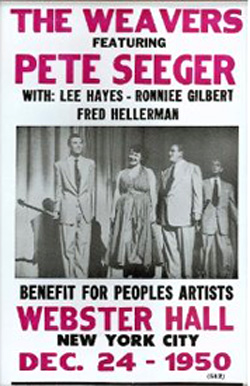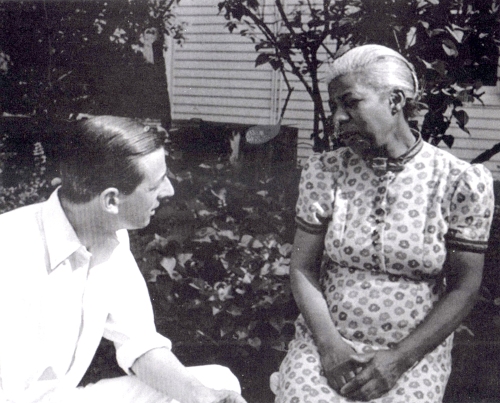
The term world music arose among academics in the 1960s as a way to promote interest in the study of diverse musics. By the 1980s, world music was a marketing category whose success was propelled by the interest and involvement of popular music stars; by the 1990s, it had become a booming commercial enterprise on its own. Critical and scholarly responses to this development involve two types of narrative: the anxious and the celebratory.
Creative responses have included examples like the inclusion of Hugo Zemp’s field recording of the song Rorogwela, available on the CD Solomon Islands: Fateleka and Baegu Music from Malaita (UNESCO/Audivis, 1990), as Sweet lullaby on the worldbeat CD Deep forest (Sony Music, 1992), where it was given drum machine and synthesizer accompaniment and backing vocals.
The marketing of tropes like green enviroprimitivism and spiritual new age avant-garde romanticism has created a situation where a “sweet lullaby” is a fitting metaphor for the soothing multicultural aura surrounding the industrialized globalization of music.
This according to “A sweet lullaby for world music” by Steven Feld (Public culture XII/1 [2000] pp. 145–171). Above, the 2012 WOMAD festival; below, the official Sweet lullaby music video.
Related article: Telek, Bridie, and schismogenesis











